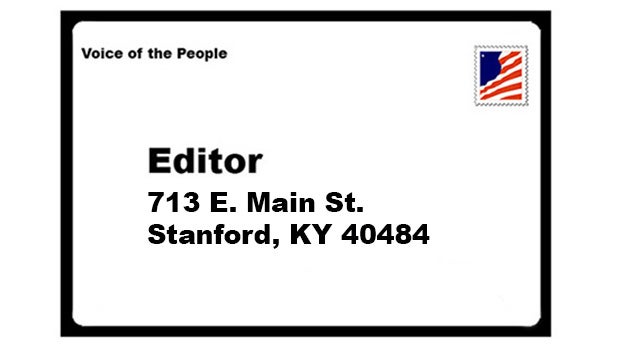Speed to burn: Kentucky’s pioneering aviator Willa Brown Chappell
Published 12:08 pm Thursday, August 9, 2018
By Stuart W. Sanders
Guest columnist
Mary Ellis, one of the last surviving female pilots from the Second World War, died on July 25 at age 101.
A member of Great Britain’s Royal Air Force, Ellis delivered fighter planes and bombers from factories to air bases. She is estimated to have flown more than 1,000 Spitfires, Hurricanes, Lancaster bombers and other aircraft during the war.
These were, however, no simple deliveries. Ellis faced constant danger, including German fighters and friendly fire. She also once suffered a crash landing when her Spitfire’s landing gear jammed.
While Ellis’s obituary has rightfully appeared in newspapers around the globe, Kentucky has our own pioneering female aviator. In fact, this pilot was recently honored when the Kentucky Historical Society (KHS) installed a bust of her likeness in its research library.
Born in Glasgow, Kentucky, on January 22, 1906, Willa Beatrice Brown Chappell spent a lifetime breaking barriers. After moving to Chicago, she began taking flying lessons in 1934.
According to the Chicago Tribune, Chappell became interested in flying “when working as a cashier in a drug store where members of the Challenger Air Pilots’ association gathered.”
Four years later, Chappell (whose maiden name was Brown) became the first black woman in the United States to earn a private pilot’s license. On July 2, 1938, the Pittsburgh Courier reported, “She received her solo license early in April. Although only 40 hours are required for a private pilot’s license, Miss Brown had almost a hundred to her credit before taking the test.”
Chappell’s determination to get her license was apparent; 14 others (all white men) took the test that day, and “Miss Brown passed her examinations with the highest mark, 96, of the entire class,” the paper stated.
Chappell told the paper that she had greater ambitions. “I shall work next fall toward getting a limited commercial license,” she said. “That will permit me to take up passengers for pay. And I’m dreaming of the day when I’ll be able to own a plane of my own. What I really want is a low-wing Ryan monoplane, with an all-metal fusillage [sic] and speed to burn. I’ll have one some day.”
Chappell accomplished both of those goals. Within a few years, she had her commercial pilot’s license and her own airplane. She also became the first woman to have both a mechanic’s license and a commercial aviation license.
Chappell shared her love of flying with others. She spent a lifetime training African American pilots and worked to create institutional structures to help them succeed.
Shortly before the Second World War, she co-founded the Coffee School of Aeronautics in Chicago, which trained nearly 200 black pilots. Several eventually became members of the noted “Tuskegee Airmen,” who served prominently during World War II.
In 1941, she was also “the only woman in America teaching aviation mechanics classes under the defense program,” a newspaper wrote.
Her accomplishments are astounding: Chappell became the first African American to serve as an officer in the Civil Air Patrol, was a co-founder of the National Airmen’s Association of America (which advocated for African American pilots) and became the training coordinator for a civilian pilot program in Chicago.
Because of this work, in 1972 the Federal Aviation Administration appointed her to its Women’s Advisory Board.
Chappell was also a political pioneer. In addition to running for an alderman’s seat in Chicago, she was one of the first African American women to run for Congress, albeit unsuccessfully, in 1941, 1948 and 1950.
Chappell, who married her husband, the Rev. J. H. Chappell, in 1955, died on July 18, 1992.
Bobby Scruggins, a ceramics professor at the University of Kentucky, created the bust of Chappell that KHS recently placed in its research library. Commissioned in 2006, the sculpture was once part of an exhibit about the Tuskegee Airmen.
In addition to the bust in the KHS library, an historical marker dedicated to Chappell stands on the lawn of the Barren County courthouse in Glasgow.
But, we should do more to honor her legacy.
If we want to teach people about determination, grit, enthusiasm, dedication and the importance of setting goals, we should hold up Willa Chappell as an example. If she can’t inspire you, then no one can.
Chappell’s tombstone in Oak Hill Cemetery near Chicago bears no epitaph nor recounts her many accolades. Instead, it simply marks her as a “Pioneer Aviatrix” and lists her pilot certificate number, “#43814.”
While she was, perhaps, most proud of that accomplishment, we need to remember that this Kentucky native spent a lifetime breaking down racial barriers, in our country and in the sky.
Stuart W. Sanders is the Kentucky Historical Society’s history advocate.





